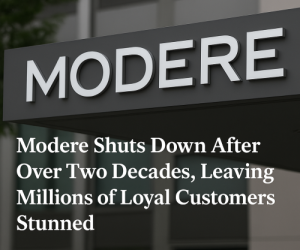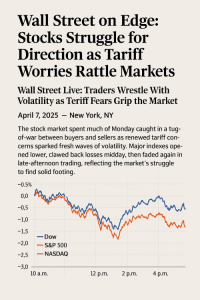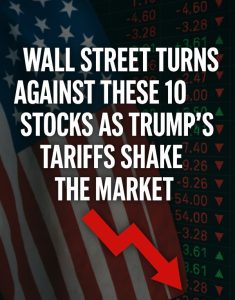Why Mortgage Rates Increased After the Fed Rate Cut: What Homebuyers Need to Know

Why Mortgage Rates Increased After the Fed Rate Cut: What Homebuyers Need to Know
It’s no secret that many Americans eagerly await updates from the Federal Reserve, hoping for good news on the financial front. When the Fed cuts interest rates, it often spurs excitement among homebuyers and homeowners alike, who expect mortgage rates to fall in response. But here’s the kicker: mortgage rates don’t always follow that trend. In fact, despite the recent Federal Reserve rate cut, mortgage rates have actually gone up.
How is That Possible?
To understand why mortgage rates moved higher after a Fed rate cut, we need to unpack a few misconceptions. The Federal Reserve controls short-term interest rates, which are typically tied to loans like credit cards, home equity lines of credit, and auto loans. Mortgage rates, however, are more closely linked to long-term bonds, like the 10-year Treasury yield.
When the Fed cuts its rate, it doesn’t directly affect the long-term interest rates that mortgage rates follow. While these rates are influenced by the overall economic outlook, inflation expectations, and global financial trends, they aren’t in lockstep with the Fed’s actions. After the Fed’s recent rate cut, investor behavior shifted, leading long-term yields—and by extension, mortgage rates—higher.
Investor Sentiment Plays a Role
The bond market, where the U.S. government sells Treasury securities to raise funds, plays a key role in mortgage rates. When the Fed lowers rates, it’s often a sign of a weakening economy. Investors flock to safer options, like bonds, which in turn drives up bond prices and pushes yields lower. When bond yields drop, mortgage rates typically follow.
But this time, things played out differently. Investors, wary of persistent inflation and uncertain economic growth, hesitated. While the Fed aimed to stimulate the economy with its rate cut, fears of rising inflation led investors to demand higher returns on long-term bonds, pushing yields up. Mortgage rates followed suit.
Inflation’s Unpredictable Influence
Another major factor affecting mortgage rates is inflation. Mortgage lenders set rates based on the expectation that the money they lend today will be worth the same—or ideally, more—in the future. When inflation expectations rise, lenders adjust their rates higher to offset the potential decrease in purchasing power over time.
Despite the Fed’s efforts to keep inflation in check, recent data suggests inflation might be stickier than anticipated. As a result, mortgage rates are moving higher to account for the potential erosion of value that lenders fear might occur if inflation persists.
What Does This Mean for Homebuyers and Homeowners?
For anyone looking to buy a home or refinance their mortgage, this development can be a bit frustrating. The expectation of falling mortgage rates after a Fed rate cut can lead to disappointment when the opposite happens. While it might be tempting to hold out for lower rates, the unpredictable nature of the bond market and inflation means that waiting could be a gamble.
Homebuyers may need to adjust their expectations in this environment. With mortgage rates ticking higher, affordability becomes a concern for many. A higher rate means higher monthly payments, which might price some buyers out of the market. However, it’s worth noting that rates are still historically low when compared to past decades, so it may still be a good time to lock in a rate before they rise further.
What’s Next?
Mortgage rates don’t exist in a vacuum. They’re influenced by many factors, including global economic trends, investor sentiment, and inflation expectations. With uncertainty swirling around inflation and economic growth, it’s tough to predict exactly where rates will head next.
If inflation cools off and economic growth slows, we could see mortgage rates stabilize or even decline. But if inflation continues to be a concern or if the bond market remains uneasy, mortgage rates could stay elevated for the foreseeable future.
Bottom Line
Yes, mortgage rates really did move higher after the Fed’s rate cut, and while it seems counterintuitive, it makes sense once you understand the broader economic forces at play. For now, the best approach for buyers and homeowners may be to stay informed, weigh their options, and make a move when the timing feels right.






